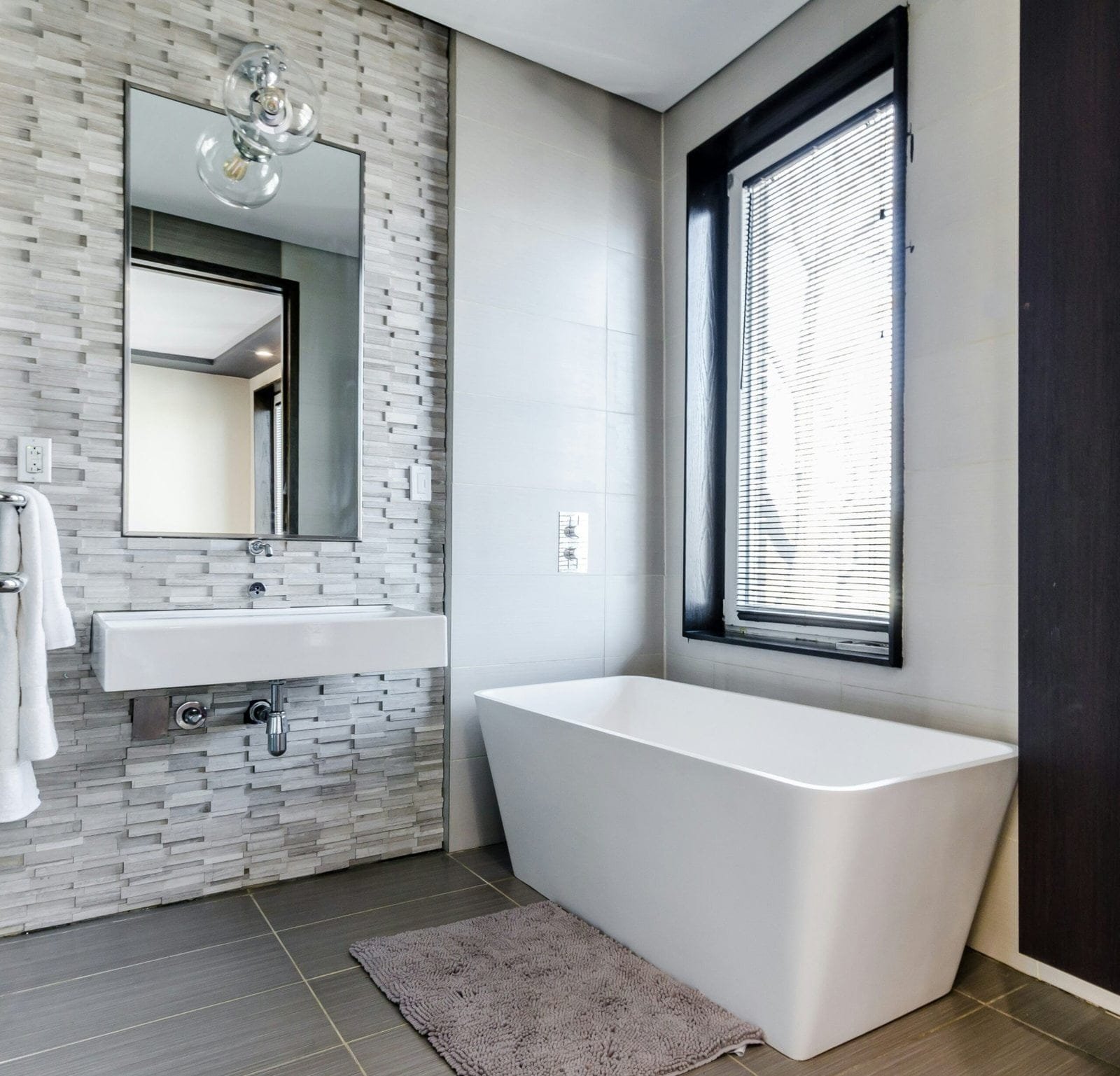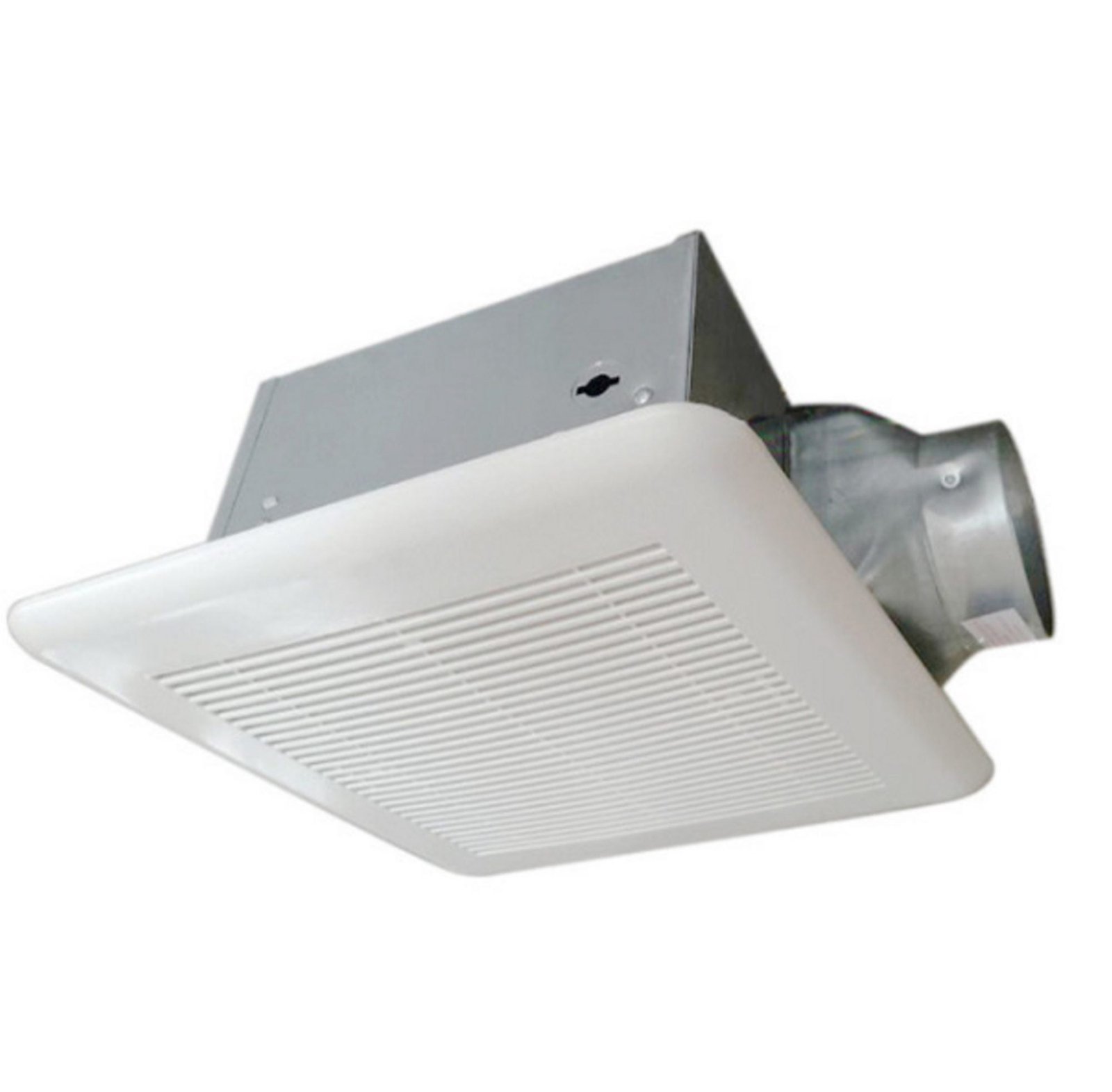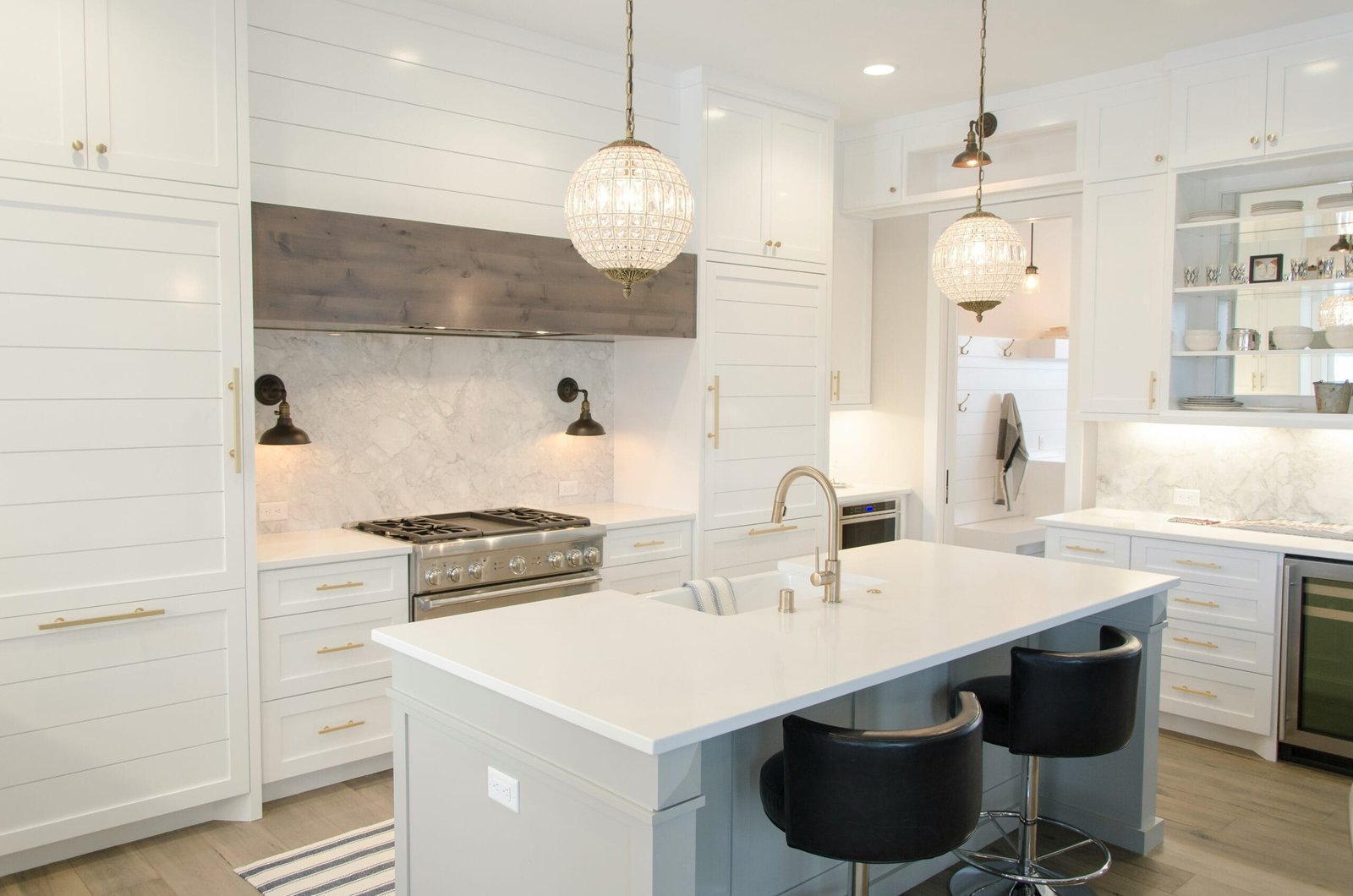Transform your bathroom into a luxurious retreat with our comprehensive guide on bathroom renovation. Discover tips for planning, budgeting, and selecting the right materials and fixtures. Learn about the benefits of hiring professionals versus a DIY approach, and stay updated on modern design trends to enhance functionality and style. Address common renovation challenges and ensure longevity with proper maintenance and upkeep. Maximize space and storage for a beautiful, enduring bathroom.
Bathroom renovation is a significant undertaking
Bathroom renovation is a significant undertaking that can transform a mundane space into a luxurious sanctuary. Whether you are looking to enhance functionality, update outdated fixtures, or increase the value of your home, a well-executed bathroom renovation can achieve these goals and more. The importance of bathroom renovation lies not only in aesthetic improvements but also in the upgrade of essential systems such as plumbing and electricals, which can lead to better efficiency and safety.

Homeowners decide to renovate their bathrooms for a variety of reasons. Common motivations include the desire to modernize an old-fashioned design, improve storage and layout, or address wear and tear issues such as leaks and mold. Additionally, aspects like changing family needs, such as accommodating elderly relatives or growing children, can necessitate a bathroom renovation. Beyond these practical considerations, many people undertake bathroom renovations to create a personal retreat where they can unwind and relax.
Please, read our post and do not forget to check our YouTube channel “Grig Stamate”:
https://www.youtube.com/@GrigStamate
You will find there, thousands of designing, furnishing, and decorating ideas for your home interior and outdoors.
Allow me to mention one of them:
Modern Bathrooms | Interior Design Ideas #7 (video)
The benefits of a well-executed bathroom renovation are manifold. Enhanced comfort and functionality are often the most immediate advantages, with improved lighting, better ventilation, and more efficient fixtures contributing to a more pleasant experience. From an investment perspective, a renovated bathroom can significantly boost your home’s resale value, making it more attractive to potential buyers. Moreover, modern, energy-efficient fixtures can lead to long-term savings on utility bills, while eco-friendly choices contribute positively to environmental sustainability.
This blog post will delve into various aspects of bathroom renovation, providing you with comprehensive insights to help you navigate your project successfully. Subsequent sections will cover topics such as planning and budgeting, selecting materials and fixtures, and understanding current design trends. Whether you are undertaking a minor facelift or a full-scale remodel, this guide aims to equip you with the knowledge to achieve a bathroom renovation that meets your needs and exceeds your expectations.
Planning your bathroom renovation is a critical first step that sets the stage for a successful project. The initial phase requires careful consideration of several key factors to ensure that the renovation meets your expectations and stays within budget. Setting a budget is one of the most important aspects. Establishing a realistic budget helps you prioritize your needs and wants, and prevents overspending. Consider all potential costs, including materials, labor, and any unexpected expenses that may arise during the renovation process.
Once you have a budget in place, the next step is to determine your needs and wants. Assess your current bathroom and identify what changes are necessary to improve functionality and aesthetics. Think about what features are essential, such as increased storage, upgraded fixtures, or improved lighting, and what elements would be nice to have but are not critical. This distinction helps in making informed decisions when choosing materials and design elements.
Creating a renovation timeline is another vital part of the planning process. A well-thought-out timeline ensures that the project progresses smoothly and helps manage expectations. Take into account the availability of materials, the schedules of contractors, and any potential delays that might occur. A realistic timeline can prevent frustration and ensure that the renovation is completed in a timely manner.
Research and inspiration are invaluable when planning a bathroom renovation. Explore a variety of sources, such as home improvement magazines, websites, and showrooms, to gather ideas and inspiration. These sources can provide insight into current trends, innovative designs, and practical solutions that you may not have considered. Collecting images and notes on what appeals to you can help create a cohesive vision for your new bathroom.
By setting a budget, determining your needs and wants, creating a realistic timeline, and conducting thorough research, you lay a solid foundation for your bathroom renovation. Proper planning ensures that the project runs smoothly and results in a bathroom that meets your functional requirements and aesthetic preferences.
When embarking on a bathroom renovation, selecting the right materials and fixtures is crucial for achieving both functionality and aesthetic appeal. The choice of tiles, countertops, cabinetry, and plumbing fixtures can dramatically influence the overall look and longevity of your bathroom. With a myriad of options available, it’s essential to choose durable and stylish materials that align with your budget and design preferences.
Tiles
Tiles are a fundamental component of bathroom design. Ceramic and porcelain tiles are popular due to their durability, water resistance, and variety of styles and colors. For a more luxurious feel, natural stone tiles, such as marble or granite, offer unique patterns and a timeless look. However, they require more maintenance and are generally more expensive. Consider slip-resistant tiles for flooring to enhance safety.
Countertops
Bathroom countertops must withstand moisture and frequent use. Quartz and granite are excellent choices for their durability and low maintenance. Quartz, in particular, is non-porous, making it resistant to stains and bacteria. Solid surface materials, like Corian, offer a seamless appearance and are available in various colors and patterns. For a cost-effective option, consider laminate countertops, though they may not offer the same longevity as stone or solid surfaces.
Cabinetry
Cabinetry plays a significant role in both the storage and style of your bathroom. Solid wood and plywood are robust choices for cabinets, offering longevity and resistance to warping. Alternatively, medium-density fiberboard (MDF) is a budget-friendly option that can be finished to mimic the look of natural wood. Ensure that the cabinetry is treated to withstand the moisture-rich environment of a bathroom.
Plumbing Fixtures
Plumbing fixtures, including faucets, showerheads, and toilets, should combine functionality with aesthetic appeal. Brass and stainless steel fixtures are durable and corrosion-resistant. For a modern touch, consider matte black or brushed nickel finishes. When selecting fixtures, look for water-saving features, such as low-flow faucets and dual-flush toilets, to enhance sustainability and reduce utility costs.
Ultimately, the key to a successful bathroom renovation lies in choosing materials and fixtures that not only meet your practical needs but also reflect your personal style. By carefully considering your options, you can create a bathroom that is both beautiful and enduring.
Hiring Professionals vs. DIY
When considering a bathroom renovation, one of the pivotal decisions is whether to hire professionals or undertake the project yourself. Each approach has its unique advantages and disadvantages, and understanding these can significantly impact the success of your renovation.
Hiring professionals for your bathroom renovation can offer several benefits. Professionals bring expertise, experience, and specialized skills, particularly in complex tasks such as plumbing and electrical work. These aspects of a renovation are critical and often require adherence to strict building codes and safety standards. By hiring licensed professionals, you can ensure that the work is done correctly and up to code, potentially avoiding costly mistakes and ensuring the durability and functionality of your bathroom.
Additionally, professional contractors often have access to high-quality materials and tools that may not be readily available to the average homeowner. They can also provide valuable design insights and suggestions that can enhance the overall aesthetic and functionality of your bathroom. However, hiring professionals can be more expensive, and the process of finding reputable contractors can be time-consuming. It is essential to research thoroughly, check references, read reviews, and verify credentials to ensure that you hire a reliable and competent contractor. Obtaining necessary permits is also a crucial step that professionals typically handle, ensuring compliance with local regulations.
On the other hand, a DIY bathroom renovation can be a rewarding and cost-effective option, particularly for those with a knack for home improvement projects. Tasks such as painting, tiling, and installing fixtures can often be tackled by experienced DIYers, potentially saving a significant amount of money. However, it is essential to realistically assess your skills and limitations. Attempting complex tasks without adequate knowledge or experience can lead to subpar results, safety hazards, and increased costs in the long run.
In conclusion, deciding between hiring professionals and undertaking a DIY bathroom renovation involves weighing the pros and cons of each approach. For tasks requiring specialized skills and adherence to safety standards, hiring professionals is often the best choice. For more straightforward tasks, a DIY approach can be both satisfying and economical. Whichever route you choose, thorough planning, research, and adherence to local regulations are crucial to a successful bathroom renovation.
Common Bathroom Renovation Challenges
Bathroom renovation projects, while exciting, often come with a set of challenges that can test the patience of even the most prepared homeowners. One of the most common challenges is dealing with unexpected issues that arise once the renovation begins. Hidden water damage, mold, or outdated plumbing can surface when walls and floors are opened up, leading to additional costs and delays. To mitigate these surprises, it’s advisable to conduct a thorough inspection before starting the renovation and allocate a contingency budget of about 10-15% of the total project cost for unforeseen problems.
Managing costs is another significant challenge in bathroom renovations. The expenses can quickly add up, especially if high-end materials and fixtures are involved. To keep costs in check, prioritize your needs versus wants, and consider where you can compromise without sacrificing quality. For example, you might opt for mid-range fixtures that offer both durability and style. Additionally, getting multiple quotes from contractors can help you find the best value for your investment. It’s also beneficial to track your spending meticulously to avoid budget overruns.
Staying on schedule is often easier said than done. Delays can occur due to a variety of reasons, including late deliveries of materials, contractor scheduling conflicts, or unforeseen complications. To keep your project on track, develop a detailed timeline with your contractor, outlining each phase of the renovation. Regularly communicate with your contractor to address any potential delays promptly. Flexibility and realistic expectations are crucial; understanding that some delays are inevitable can help you manage stress during the renovation process.
By anticipating these common challenges and employing practical solutions, homeowners can navigate the complexities of bathroom renovations more effectively. Thorough planning, setting aside a contingency budget, and maintaining open communication with contractors are key strategies to ensure a smooth and successful renovation experience.
Incorporating Modern Design Trends
When embarking on a bathroom renovation, incorporating modern design trends can significantly enhance the aesthetic and functionality of the space. Contemporary design trends emphasize clean lines, minimalism, and the utilization of innovative materials and technology to create a sleek, sophisticated environment. Popular styles in bathroom renovation currently include the use of neutral color palettes, such as whites, grays, and earthy tones, which help to create a calm and inviting atmosphere.
One prominent trend is the integration of natural elements. Materials like wood, stone, and concrete are being used not just for their durability, but also for their ability to add warmth and texture to the bathroom. For instance, wooden vanities and stone countertops can provide a striking contrast against sleek, modern fixtures. Additionally, incorporating greenery, such as potted plants or living walls, can bring a refreshing touch of nature into the space.
Another key trend is the emphasis on technology. Smart features, such as digital showers, touchless faucets, and integrated lighting systems, are becoming increasingly popular. These advancements not only enhance convenience but also contribute to a more luxurious and personalized experience. For example, a digital shower can allow you to preset your preferred water temperature and flow, ensuring a perfect start to your day.
While it’s important to embrace modern trends, balancing them with timeless design elements is crucial to ensure longevity. Classic fixtures like freestanding bathtubs, subway tiles, and neutral color schemes can serve as a foundation, complemented by trendy accents that can be easily updated in the future. This approach ensures that your bathroom remains stylish and functional for years to come.
Incorporating these modern design trends into your bathroom renovation can transform the space into a contemporary haven that balances style, comfort, and functionality. By thoughtfully combining current trends with timeless elements, you’ll create a bathroom that not only meets your immediate needs but also adapts to future changes in design preferences.
Maximizing space and storage in a bathroom is a crucial aspect of any renovation project. To make the most of the available space, consider implementing built-in cabinets that can be seamlessly integrated into the walls. This approach not only provides ample storage but also maintains a clean and uncluttered look. Floating shelves are another excellent option; they offer additional storage without taking up floor space, making the room feel open and airy. Multifunctional furniture, such as a vanity with built-in drawers or a mirror with storage, can also be highly effective in optimizing limited space.
To create the illusion of a larger bathroom, strategic design choices and layout adjustments are essential. Light colors on the walls and floor can make the space feel more expansive. Installing large mirrors can also have a significant impact, as they reflect light and give the impression of a bigger area. Consider using glass shower doors instead of curtains; the transparency of glass helps to visually extend the room. Additionally, opting for a wall-mounted toilet or sink can free up floor space, contributing to a more open environment.
Effective lighting plays a pivotal role in maximizing space perception. Utilize a combination of ambient, task, and accent lighting to eliminate shadows and highlight key areas. Recessed lighting is a practical choice for maintaining a streamlined appearance. Moreover, incorporating natural light through windows or skylights can dramatically enhance the sense of space. If natural light is limited, consider installing a light tube to channel daylight into the bathroom.
Lastly, thoughtful organization is key to maintaining a spacious feel. Use drawer organizers, baskets, and bins to keep items neatly arranged and easily accessible. Labeling storage containers can further enhance efficiency, ensuring that everything has its place. By implementing these strategies, you can transform your bathroom into a functional, stylish, and spacious retreat.
Maintenance and Upkeep After Renovation
Maintaining your newly renovated bathroom is crucial to ensure its longevity and continued aesthetic appeal. Regular cleaning is paramount. Use appropriate cleaning agents for different surfaces; for instance, non-abrasive cleaners are ideal for ceramic tiles and glass, while specialized cleaners are recommended for natural stone. Weekly cleaning routines can prevent the buildup of grime and mildew, which can tarnish the look and feel of your bathroom.
Ventilation plays a significant role in bathroom upkeep. Proper ventilation helps in reducing moisture levels, which in turn prevents mold and mildew growth. Ensure that your exhaust fan is in good working condition and consider leaving a window slightly open to enhance air circulation.
Pay attention to the minor repairs that may arise over time. Addressing small issues like re-caulking around the tub or sink, tightening loose fixtures, and replacing worn-out seals can prevent more significant problems in the future. Regularly check the grout lines and re-grout if necessary to keep your tiles secure and to maintain a fresh appearance.
Water quality can also affect the maintenance of your bathroom. Hard water can lead to mineral deposits, which may damage fixtures and surfaces. Installing a water softener can mitigate this issue and prolong the lifespan of your fixtures. Additionally, periodic checks and servicing of plumbing systems can prevent leaks and other water-related damages.
Finally, consider the use of protective finishes on surfaces vulnerable to water and stains. Sealants can be applied to countertops and tiles to create a barrier against moisture and dirt. These protective measures, combined with regular upkeep, can significantly enhance the durability and appearance of your renovated bathroom.
Other related posts from our website:
https://howtobuildahouseblog.com/10-smart-tips-for-a-functional-and-stylish-bathroom-renovation/
https://howtobuildahouseblog.com/no-demo-renovation-ideas-boosting-your-curb-appeal/
Thank you so much for your attention.
Stay tuned. We will upload many other amazing posts to our website and videos onto our YouTube channel.
Thank you so much.
for your time and attention.
Best Regards
See you to another post,
Bye, Bye



No Responses